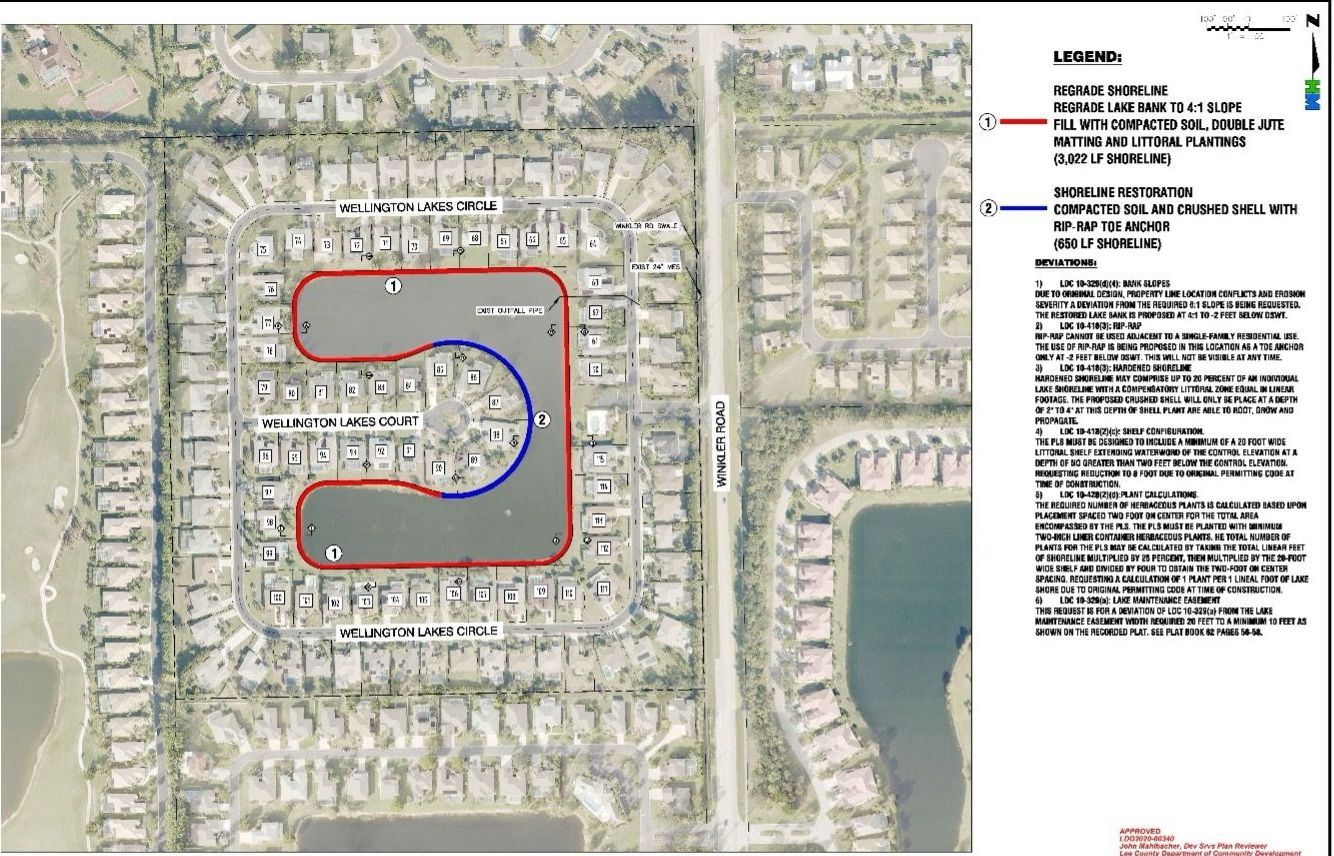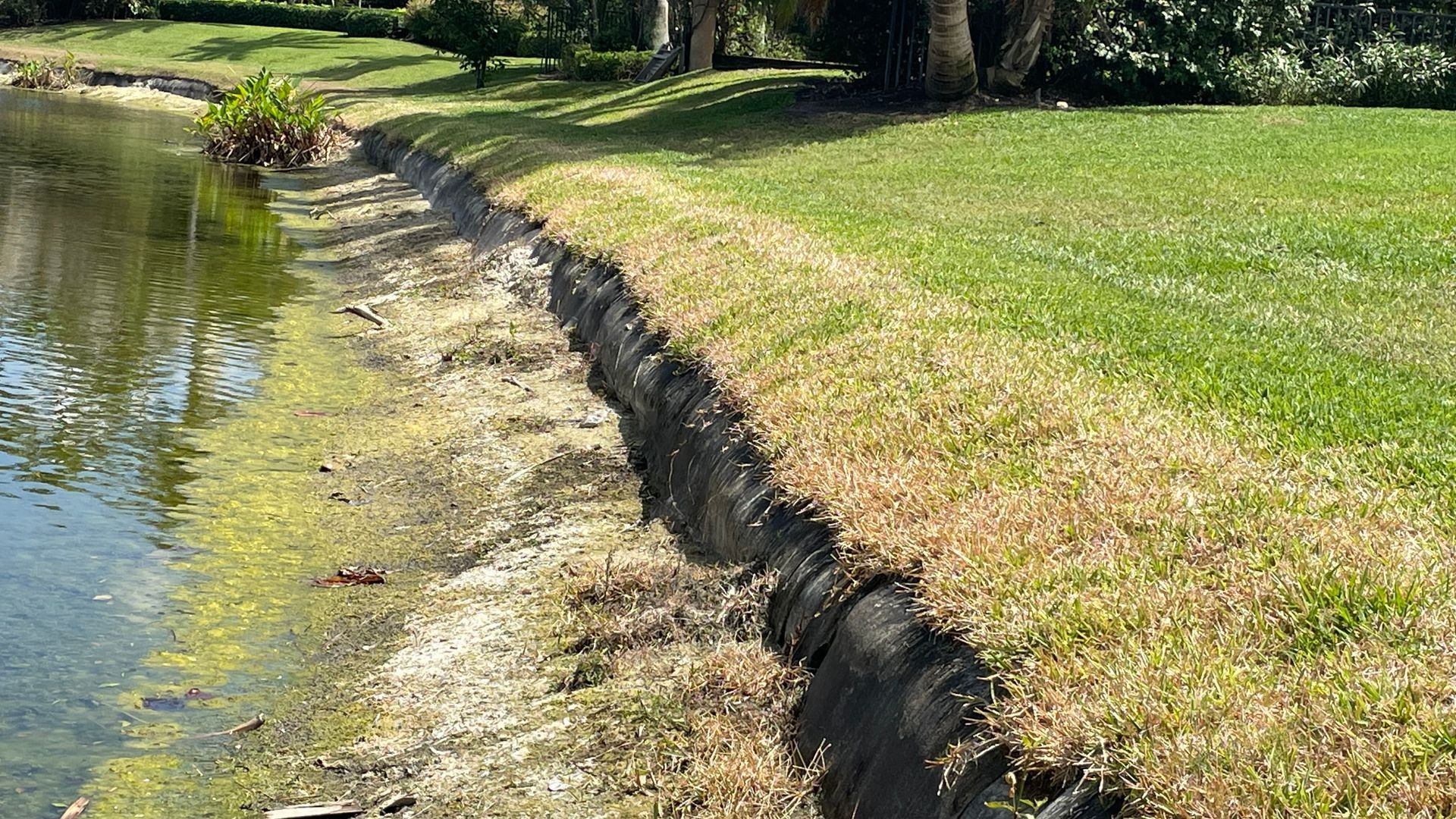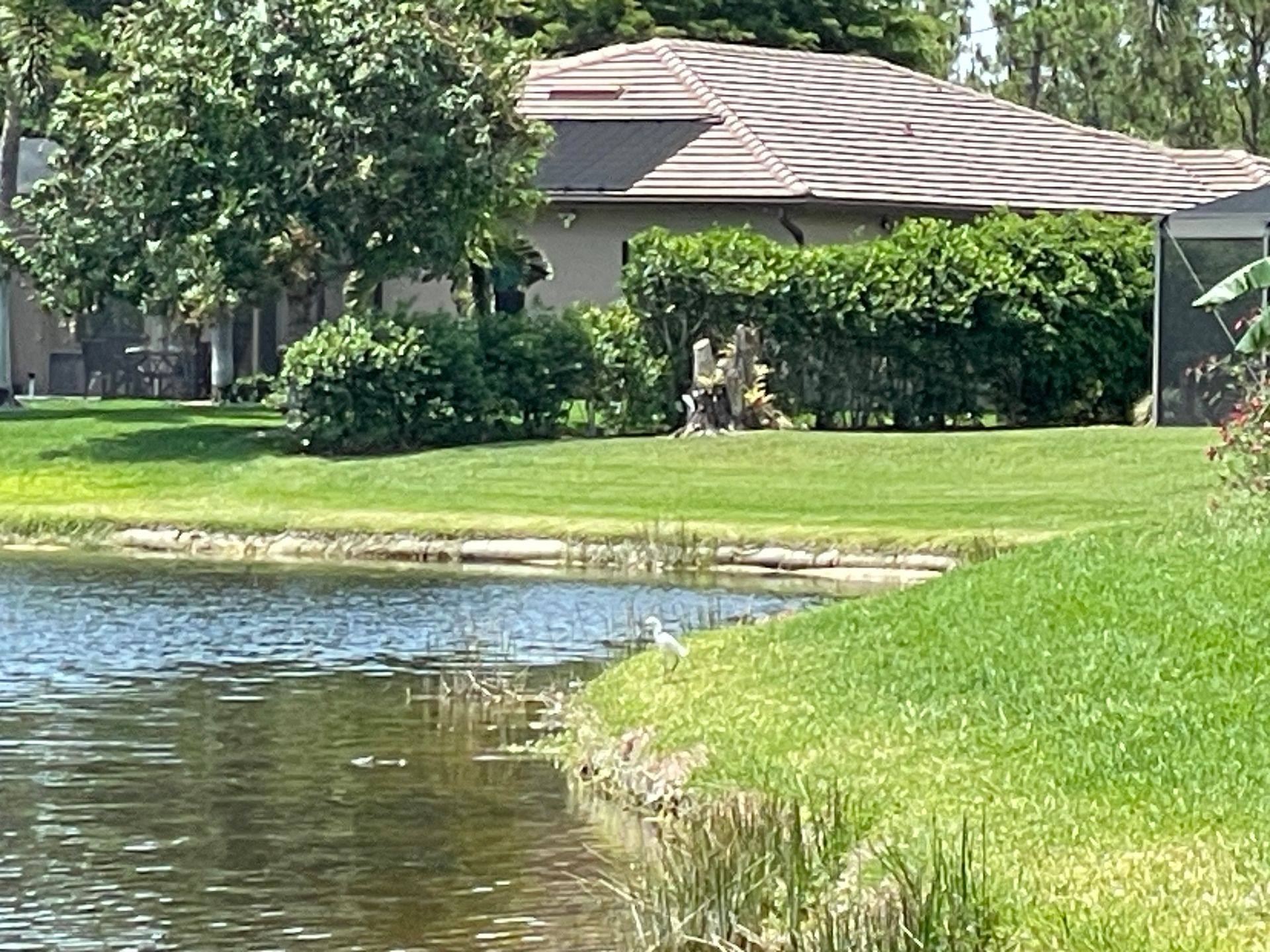Requirements While Digging Lakes
When it comes to developing new communities in Florida, one of the key aspects that developers need to consider is the creation of artificial lakes. These water features not only enhance the aesthetic appeal of the community but also play a crucial role in stormwater management and environmental sustainability. However, digging lakes involves following stringent building codes and requirements set by the state of Florida to ensure safety, environmental protection, and long-term viability.
Before any excavation can begin, developers must obtain the necessary permits from state and local agencies. The Florida Department of Environmental Protection (FDEP) and the Water Management Districts (WMDs) are primarily responsible for overseeing and approving lake excavation projects. These agencies evaluate the potential environmental impacts of the proposed lakes, ensuring that the projects do not harm local ecosystems, water quality, or wildlife habitats.

Above Picture: Engineers are required to draw up plans such as this and submit to the county the community is going to be built in.
Environmental Resource Permit (ERP): Issued by the WMDs, this permit ensures that the excavation and construction activities comply with state regulations regarding wetlands, surface waters, and stormwater management.
Clean Water Act Section 404 Permit: If the project affects wetlands or other waters of the United States, developers must obtain this permit from the U.S. Army Corps of Engineers.
National Pollutant Discharge Elimination System (NPDES) Permit: This permit, required for stormwater discharges during construction, ensures that sediment and pollutants are controlled and do not contaminate nearby water bodies.
Florida’s building codes mandate that lake designs incorporate specific engineering and safety standards.
Slope and Depth Specifications: To prevent erosion and ensure safety, lake banks must be designed with stable, safe slopes. Typically, a 4:1 horizontal to vertical slope ratio is recommended for the lake's perimeter, but recently in Lee and Collier counties it has been flattened even more to 6:1 slopes for new communities. Depth regulations may vary depending on the intended use of the lake, but developers must ensure that the lake’s depth is sufficient to support its ecological and recreational purposes while preventing hazards.
Erosion Control Measures: Developers usually don’t implement erosion control measures when they hand the community over to the HOA, so the community is forced to address these problems head on later down the road. This is where a good Reserve Study can be very helpful in planning and budgeting.
One of the primary functions of artificial lakes in new developments is stormwater management. Florida’s building codes require that lakes be designed to handle runoff from storms, reducing the risk of flooding and protecting water quality.
Stormwater Retention and Detention: Lakes must be designed to retain and detain stormwater, allowing sediments to settle and pollutants to be filtered out before the water is released into natural water bodies. Retention lakes hold stormwater indefinitely, while detention lakes temporarily store water and release it at a controlled rate.
The design must include features that enhance water quality, such as forebays, vegetated buffers, and aquatic plants that help filter pollutants. Regular maintenance, such as removing unwanted exotics and planting beneficial littorals, is also essential to maintaining water quality.
At the end of the day, developing new communities in Florida with artificial lakes involves a complex interplay of environmental, engineering, and community considerations.
Recent Posts






